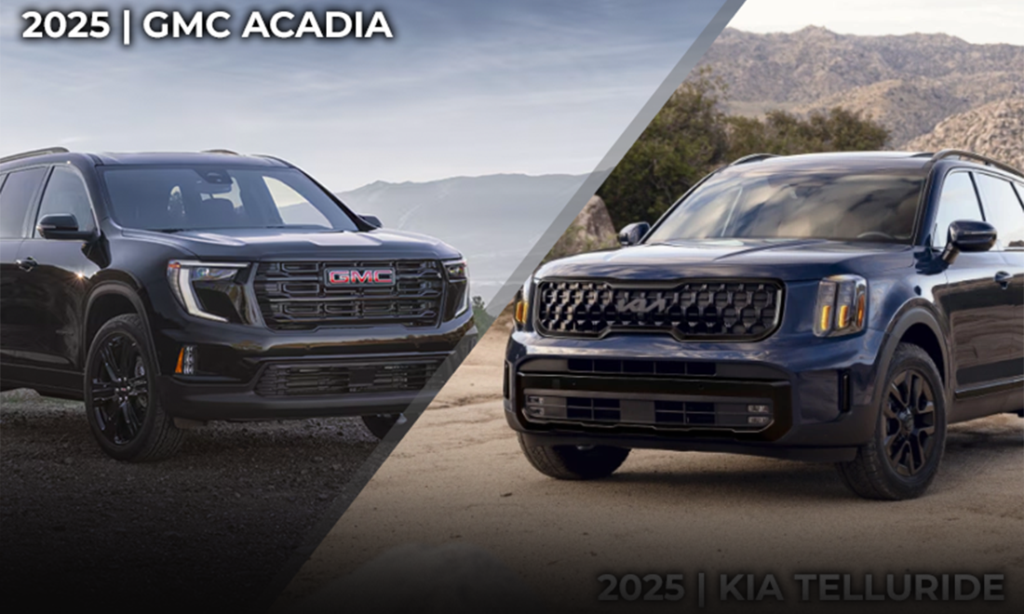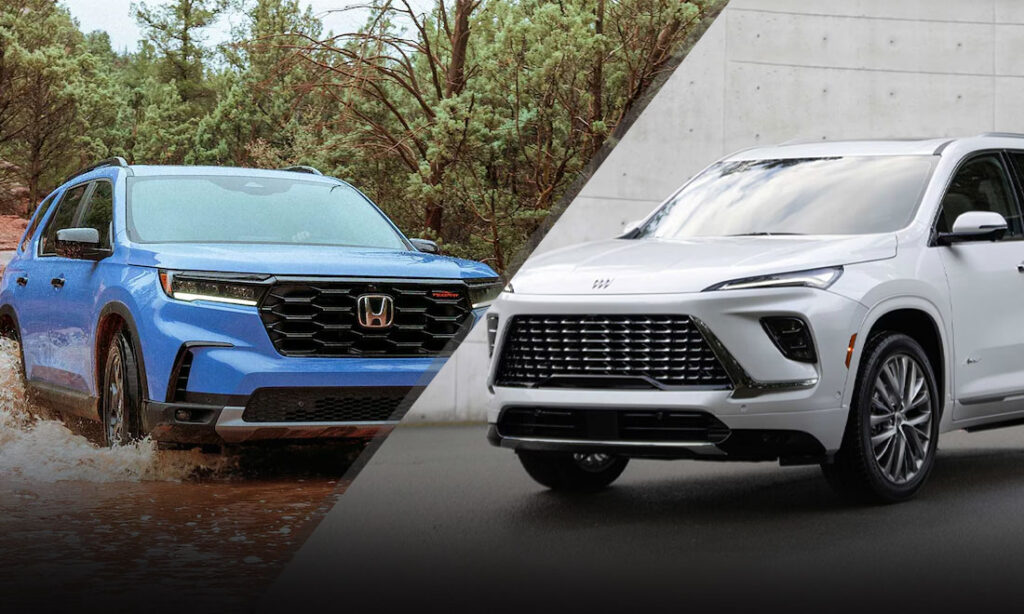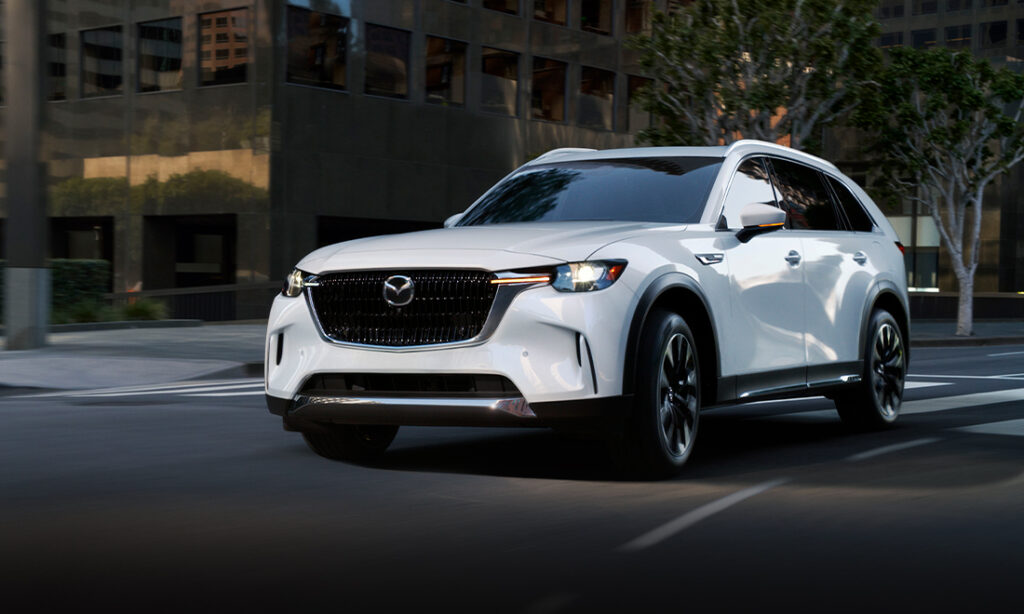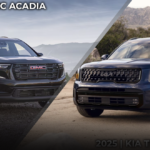Classic Clash: ’58 Plymouth Fury vs ’58 Chevy Impala
Two classics, one pivotal year. The Plymouth Fury and Chevy Impala contend for the best classic car of 1958.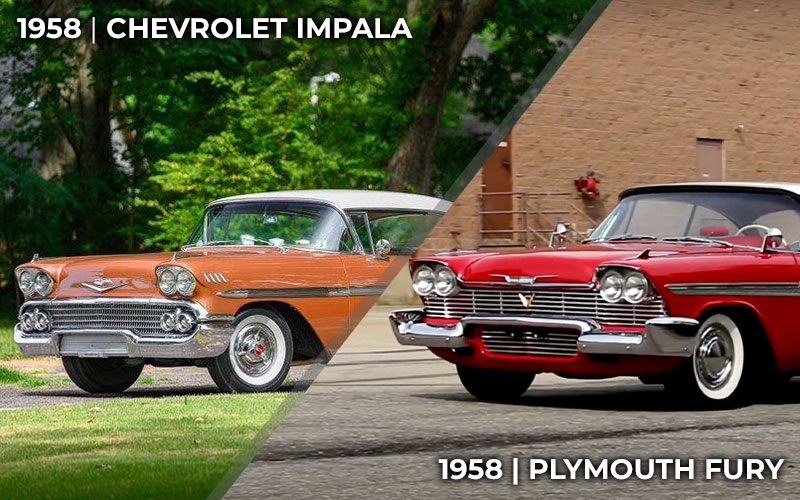
Battle of the Sub-Brands
The year is 1958. The audacious automotive designs of the 1950s are reaching their zenith and two new(ish) nameplates, one from Chrysler and one from GM, are among the most striking yet. One will see massive sales success and a decades-long legacy, the other will be seen in hindsight as the last of a dying breed yet live on as a silver screen legend. Neither the Plymouth Fury nor the Chevrolet Impala were independent nameplates in 1958. In the Fury’s case, it was in its third year as the top trim level for the Plymouth Belvedere. The Impala was the new for 1958 as the Bel Air’s new top trim. Both had the makings of future classics.
For this comparison, we thought to put these two unique sub-brand models head-to-head to see which is the ultimate ’58 classic car.
1958 Chevrolet Impala
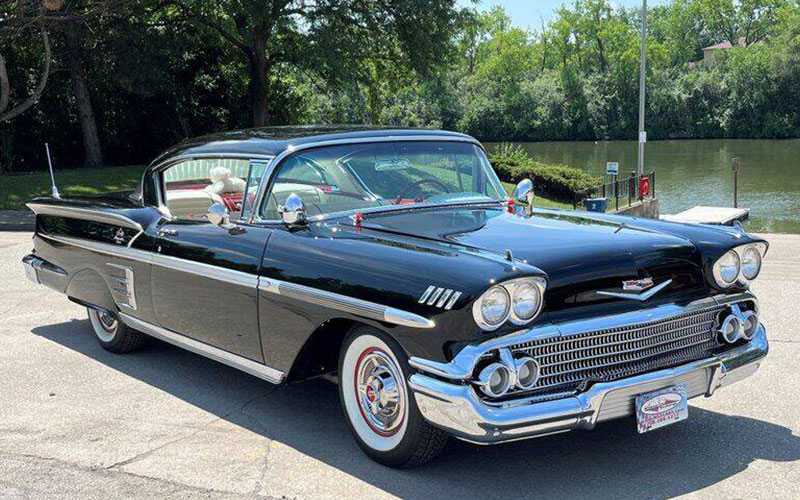
The Chevy Impala, one of GM’s most venerated nameplates, began its run in 1958 as the pinnacle of the Bel Air line. It featured a longer wheelbase and longer rear deck, signature triple taillights and quad headlights, a new coil spring suspension and an optional 348 cu in V8. The Impala was impressive indeed.
The ’58 Impala came exclusively as a two-door, either convertible or hardtop. Additional engines included a standard 283 cu in “Turbo Fire” V8 or a more fuel efficient 235 inline-six. There were four transmission options, a three-speed manual or three-speed with overdrive or either a two-speed Powerglide or three-speed Turboglide automatic. For 1958, the Impala was the only convertible Bel Air available.
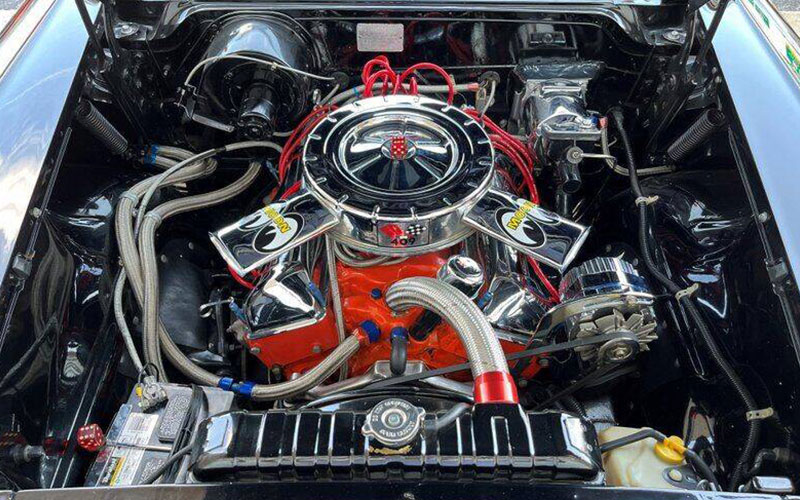
Today, the 1958 model year is seen as a transition point between two iconic Chevys, the 1957 Bel Air and the 1959 Chevy Impala, both of which offer striking designs that have come to define the era. But the first Impala’s design is just as laudable as either its predecessor or successor.
Like most cars of its day, the ’58 Impala featured lots of chrome and all manner of cool details. Consider the quad “gills” on the front quarter panels, the bullet/rocket chrome piece that runs the length of the car, the wraparound windshield, the faux side exhaust, and the rear fender skirts. The tailfins are tastefully angled and wrap around those triple taillights, an Impala only feature that year. Items like power windows and an optional vacuum ashtray (which emptied to a Mason jar located under the glove box), positioned the premium Impala just below GM’s Cadillac offerings.
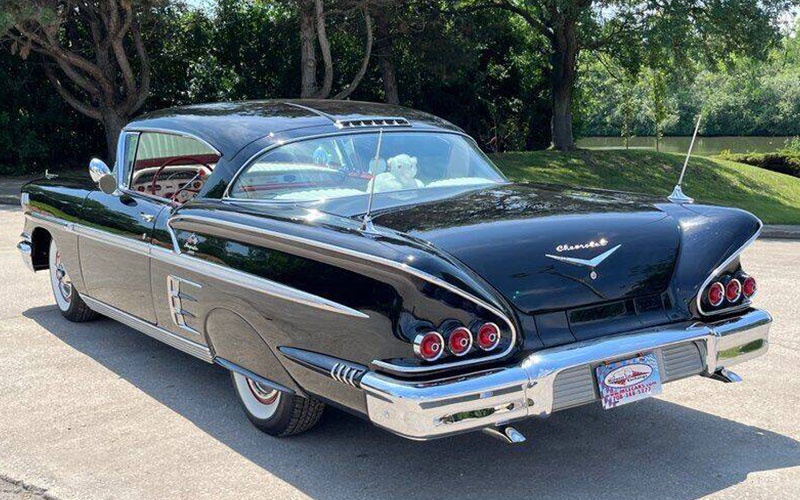
The ’58 Chevy Impala was a major hit for GM, selling 55,988 convertibles and 125,480 coupes for that model year. The car even got a cameo in George Lucas’s American Graffiti, where class president and all-around great friend Steve loans his ’58 Impala to his buddy Terry to drive (and impress girls) while Steve is away at college. For more of the awesome cars of American Graffiti, click here.
1958 Plymouth Fury
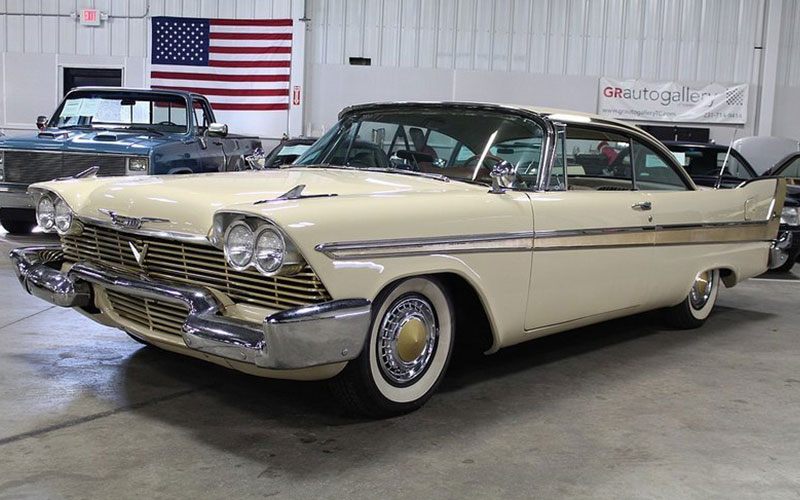
Like the Impala, the Plymouth Fury wasn’t yet its own nameplate for the ’58 model year. Instead, for ’56 through ’58, the Fury was a special trim of the Belvedere. The 1956 car came as only a two-door hardtop in sandstone white with gold anodized aluminum trim. For the 1957 model, the Fury was widened, lengthened, and given bigger fins in the back.
Fury evolved still further for the ’58 model, trading the sandstone white paint job for buckskin beige inside and out. A new 350 big block “Golden Commando” V8 was added as well. This engine offered Bandix fuel-injection, but this system ended up being faulty and all fuel-injected Fury’s were recalled and had carburetors installed.
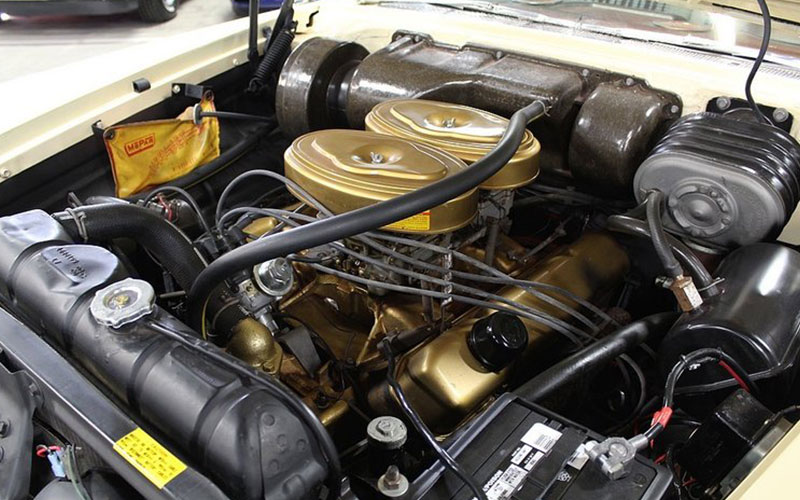
The Fury wasn’t as gaudy as the Impala would be, but it still featured more than its share of flair. Designed by Virgil Exner, the ’58 Fury had B-pillars pushed all the way back, it too featured quad headlights, tall tailfins, and rear fender skirts. Also similar to the Impala, the Fury had its golden trim line running the from front to rear across the side of the car. The two front fender ornaments are echoed in a pair of radio antennae located just to the rear of the back window.
While the ’58 Impala may have gotten a cameo, the ’58 Fury got a full starring role in Stephen King’s novel Christine and John Carpenter’s 1983 film adaptation. King chose the Fury because it was a more obscure 50s car, but still stylistically representative of the decade. The nameplate was also apropos because of the plot, a possessed car turning jealously homicidal. Though the real 1958 model came only in buckskin beige, King noted in the novel that Christine’s red paint job was a custom order. Carpenter and his team had a challenging time finding enough 58 Fury’s for the movie’s stunt work, so many of the 24 cars used were Belvederes or Plymouth Savoys.
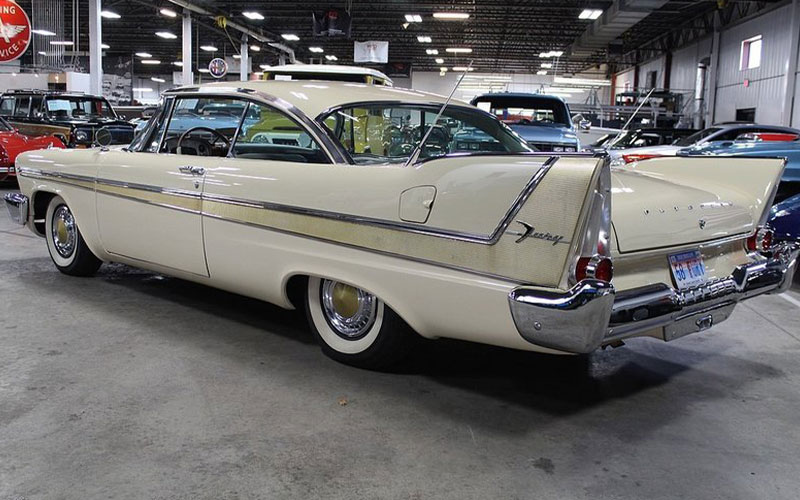
The ’58 Plymouth Fury didn’t sell nearly as well as the ’58 Impala, with a meager 5,303 units sold.
Golden Oldies
The Impala is history’s winner here. The nameplate would go on to a full nine generations, including the classic 1964 model which became a favorite among lowrider customizers. But the Plymouth Fury, with its gold and beige color scheme and low numbers, is the rarer, more lowkey collector car. For those in the know, and the Stephen King fans among us, the ’58 Plymouth Fury is a killer classic.

